Communication
VFR charts depict towered airports in blue, and nontowered airports are shown in magenta. The basic difference between operating at a tower-controlled airport and one without an operating control tower is the difference between instructions and advisories. Tower controllers issue taxi, departure, and arrival instructions for pilots to follow on specific air traffic control frequencies.
At nontowered airports, you will hear advisories on a CTAF, but the responsibility for collision avoidance, sequencing, and knowing the local procedures lies solely with the pilot.
Safety Tip
All aircraft should monitor the CTAF when operating in the vicinity of nontowered airports.
The CTAF may be found on sectional charts, in the Airport/Facility Directory, AOPA’s Airport Directory, instrument approach charts, or other airport directories. Frequencies do change, so use current references.
Nontowered airports without a flight service station (FSS) generally will have a unicom frequency. These usually are staffed by fixed-base operation (FBO) employees who provide airport information.
The unicom is usually the CTAF.
Note: Unicom operators are not required to communicate with pilots, and if they do, there are no standards for the information conveyed.
• Some airports have part-time control towers. When the tower is closed, usually at night,
nontowered operating procedures apply. The tower frequency usually becomes the CTAF when the tower is closed.
• Other airports have part-time FSSs that advise pilots of the winds, weather, and known traffic.
Usually the FSS advisory frequency will become the CTAF when the FSS is closed.
Nontowered communication is not always easy, though, especially in metropolitan areas where there never seem to be enough frequencies to go around. It’s not unusual for several airports within radio range to share the same CTAF. The result is an aeronautical party line traveling at more than 100 knots. Let’s take a look at some basic communication concepts:
Safety Tip
The CTAF should be used for two reasons only:
• Collision Avoidance
• Airport Advisory
Listening to a busy CTAF for only a few minutes will reveal too many long-winded conversationalists. Don’t use this vital collision-avoidance resource for aircraft or lunch scheduling, formation flying, saying hello to old friends on the ground, discussing sports scores, or expressing your displeasure at the guy who just pulled out on the runway while you were on short final.
Courtesy Tip
Listen before you speak. When two aircraft transmit at the same time, the frequency is blocked and a loud squeal results.
Safety Tip
ASF recommends that pilots of no-radio aircraft use a hand-held transceiver at busy nontowered
airports. This is an essential piece of safety gear.
• Be Specific
• When you transmit, begin by stating the namen of the airport, followed by the model of your
aircraft (Skyhawk, Cherokee, Bonanza, etc.) and the last three alphanumerics of the aircraft N number. State your intentions and end by repeating the name of the airport; i.e., “Frederick traffic, Warrior Five-Four Charlie entering downwind Runway Two-Three,
Frederick.”
• It’s common practice for pilots of homebuilt and other aircraft certificated in the experimental category to identify their airplanes as “Experimental.” There is a tremendous performance differential between a Lancair and a Baby Ace. Likewise, an RV4 silhouette is altogether different from an Acro Sport. In order to aid identification and predict performance, ASF recommends that all traffic pattern announcements include the aircraft type.
• Be Brief
• It’s more important for pilots to know what kind of airplane you’re flying than to know your complete call sign. Knowing the model of airplane will help other pilots plan their pattern flight relative to you. The abbreviated version of your call sign takes up less of that valuable party line time, and it’s easier for other pilots to remember your call sign if they need to request an update on your position.
• To prevent confusion, use your full call sign whenever you hear another aircraft with a call
sign similar to yours.
This material has been extracted from an AOPA safety bulletin.
Join FSX Chicago today and receive free materials and info.
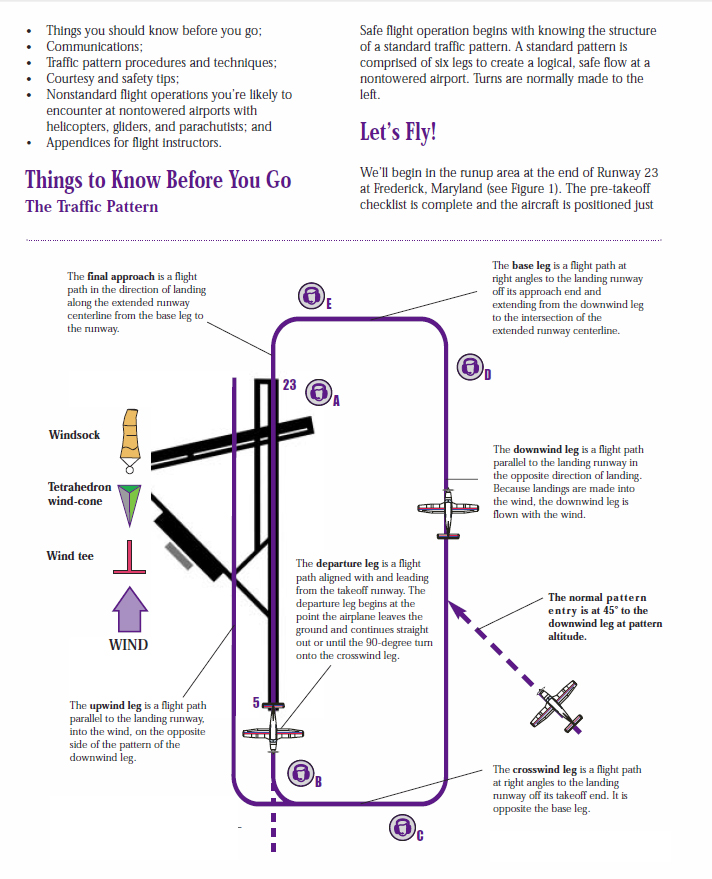
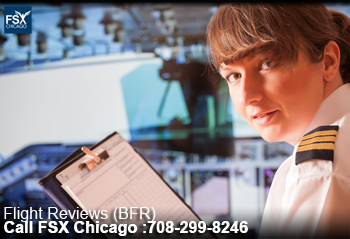
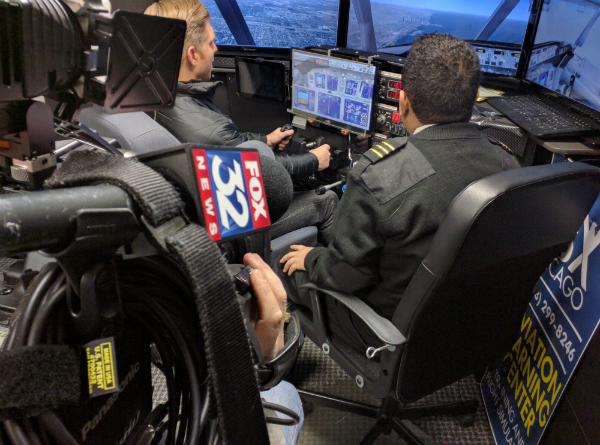
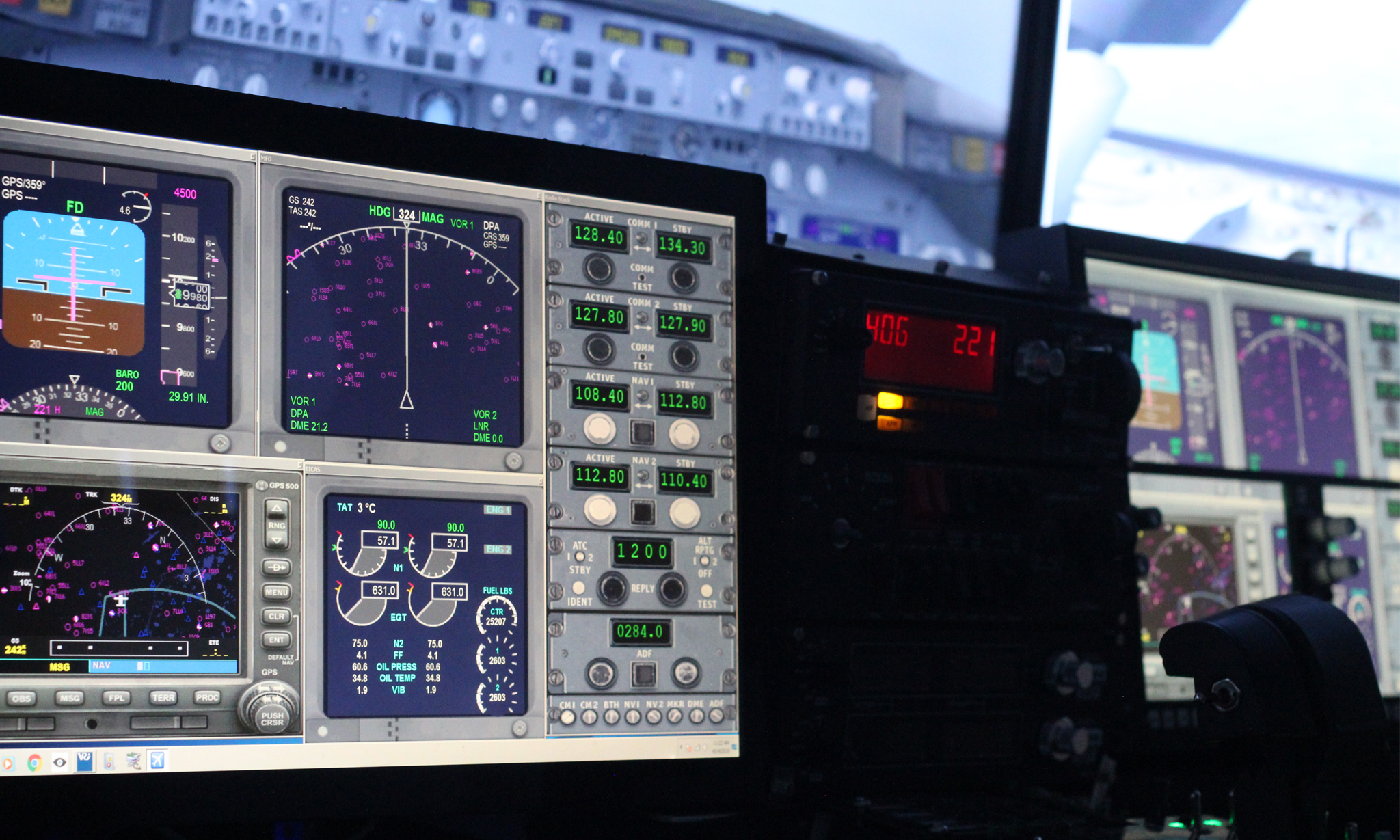


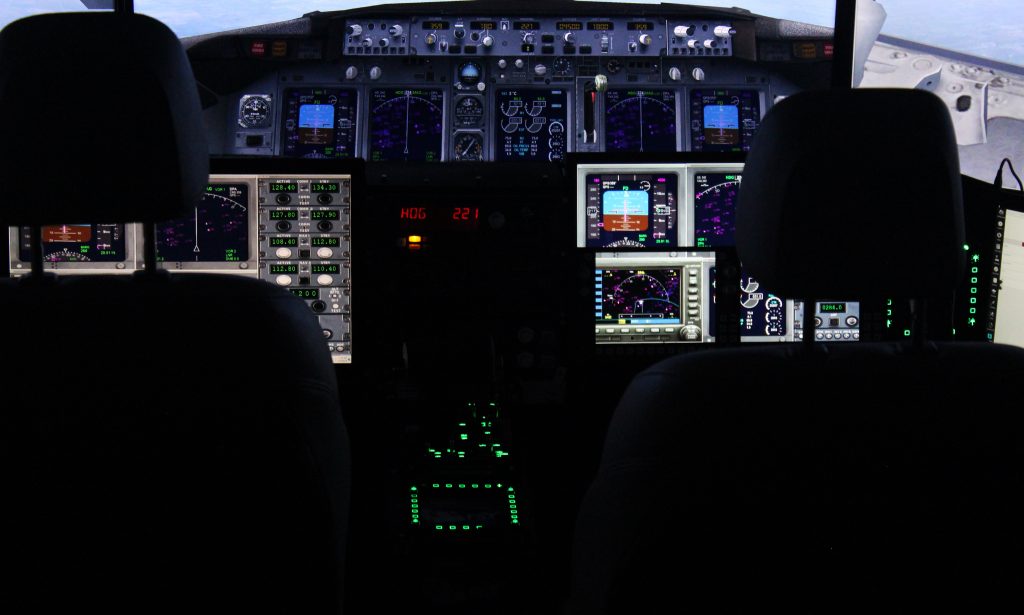
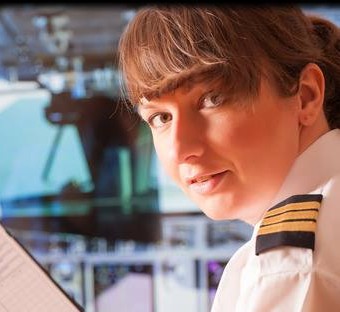
Comments are closed